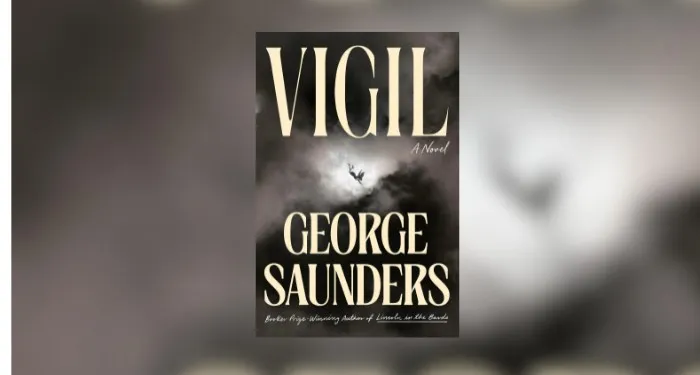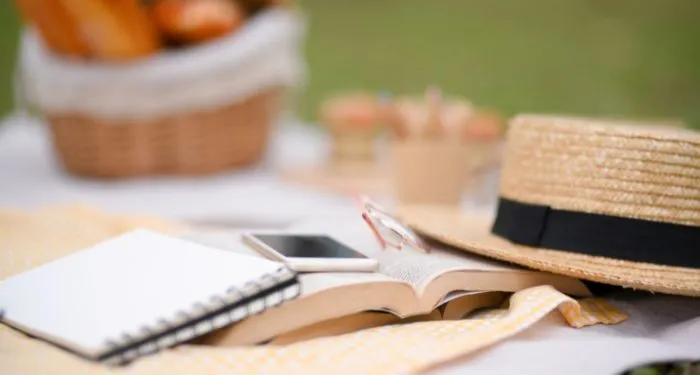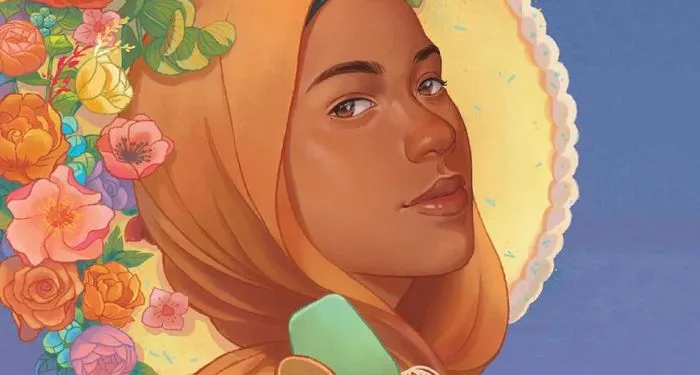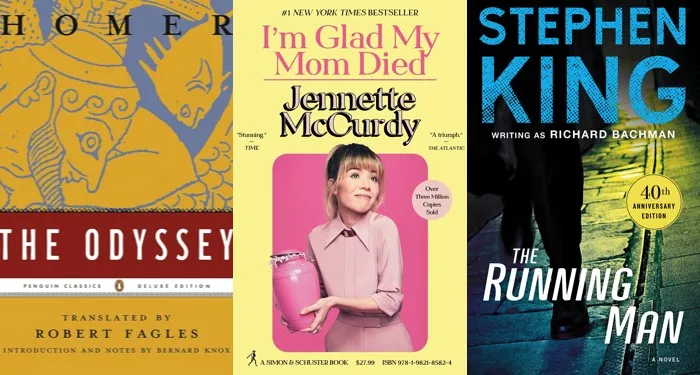The summer has started late, so I’ve been late to fold up the winter blankets and put them away. This newsletter comes to you from my annual putting-the-blankets-in-the-closet weekend and covers the art and illustrations in the June 12 and June 26 issues.
The cover of the June 12 issue is by the artist Andreas Samuelsson, who lives and works in Gothenburg, Sweden. His work is graphic, flat, sly, and I went searching through his archives in the hopes that he might have something relating to Tim Flannery’s article about bioelectricity in the human body, an essay I loved. I found a sketch of lightning bolts Samuelsson had done, and when I asked him if I could use it, he turned in a more polished final. I love how graphic and stark it looks.
For Namwali Serpell’s essay about the reissue of Nettie Jones’s novel Fish Tales, I asked the artist John Brooks, hoping he’d give us one of his finely drawn, technicolor portraits. There aren’t many pictures of Jones, so he watched an interview with her from 2010.
Michael Hofmann wrote about the Russian novelist Andrey Platonov, and when I saw Platonov’s face, I immediately thought of Alain Pilon. Pilon has been doing more portraits for us lately, developing a style with each assignment, and this latest I think is one of his best. His work approaches the deadpan, vast quietude of Pierre Le-Tan, my favorite (alas dead) editorial portraitist.
I asked Maya Chessman for a portrait of the poet and writer Kapka Kassabova for Colin Thubron’s review of four of her books about life in the mountains of southern Bulgaria and North Macedonia. Thurbron describes her as a “migratory pastoralist,” which called to mind Chessman’s use of nature imagery and landscapes. I swore the illustrator Christoph Niemann to secrecy when I asked him for a portrait of his friend, the writer Daniel Kehlmann. Susan Neiman had written a very positive review of Kehlmann’s latest novel, and I didn’t want to spoil the surprise.
The series art in the issue, titled “Mix of Function,” is by Leah Horowitz, a Queens-based artist who wrote to me not knowing I was already a fan of her work.
I hoped our June 26 cover could evoke a disparate range of stories from the issue—democracy, placebos, freedom, translation—so I turned to the Dutch collage artist Ruth van Beek, whose work I’ve been wanting to put on one of our covers for years. Her art is jarring, thoughtful, inscrutable, so, suffice to say, perfect for the mix of subjects. We landed on an untitled piece of hers from 2014, which the editors all agreed was strangely beautiful without being sentimental.
We received the hi-res file of Andreas Gursky’s famous 1999 photograph, 99 Cent, just one hour before going to press. It’s a classic image, and it paired well with David Bell’s essay about freedom and choice. John Broadley is always great with medieval subjects, so he was a natural choice for Kathryn Hughes’s review of Hetta Howes’s book about medieval women, Poet, Mystic, Widow, Wife. Broadley drew the four eponymous archetypes, eliciting delight from our managing editor for drawing Quink-brand ink on the desk of the poet Marie de France.
Kwame Anthony Appiah’s article about the limits and possibilities of translation made me remember a type series from a few years ago by the designer and artist Lisa Naftolin. She sent us a few sketches of phrases from Appiah’s text, and her final image used three sheets of onionskin to show the words “What,” Poem,” and “Writing.” Another designer, Oliver Munday, read Marilynne Robinson’s essay about democracy in peril and sent a pile of sketches, mostly variations deconstructing the American flag. We landed on a particularly vertiginous one.
Gavin Francis’s essay about placebos made me think of a children’s book called This Equals That, made by the husband and wife team of photographer Jason Fulford and illustrator Tamara Shopsin. When I sent them Francis’s essay they suggested a pill box full of M&Ms. Simple and perfect. The question of how to illustrate Michael Kazin’s essay about postwar academic historians had us all a bit stumped, but then I remembered a wonderful Aubrey Levinthal painting from 2022 called Men’s Faculty Meeting that I’d filed away on my computer desktop, hoping we might one day find a reason to publish it.
I’d made a note to find something for the illustrator Jo Turner after she had e-mailed me a few times, so we decided to ask her for a portrait of the Moroccan writer Mohamed Choukri, for Ursula Lindsey’s look at his life and work. Turner gave us a portrait brimming with references to the writer’s milieu and art.
The series art in the issue, titled “Fidgets,” is by Matthew Sandager, an artist and animator whose studio is across the hall from mine.
After I folded my woolen blankets and climbed a stepladder to stow them, I pulled out my favorite beach towels, and now think I may paint them—for the next newsletter.



























 English (US) ·
English (US) ·